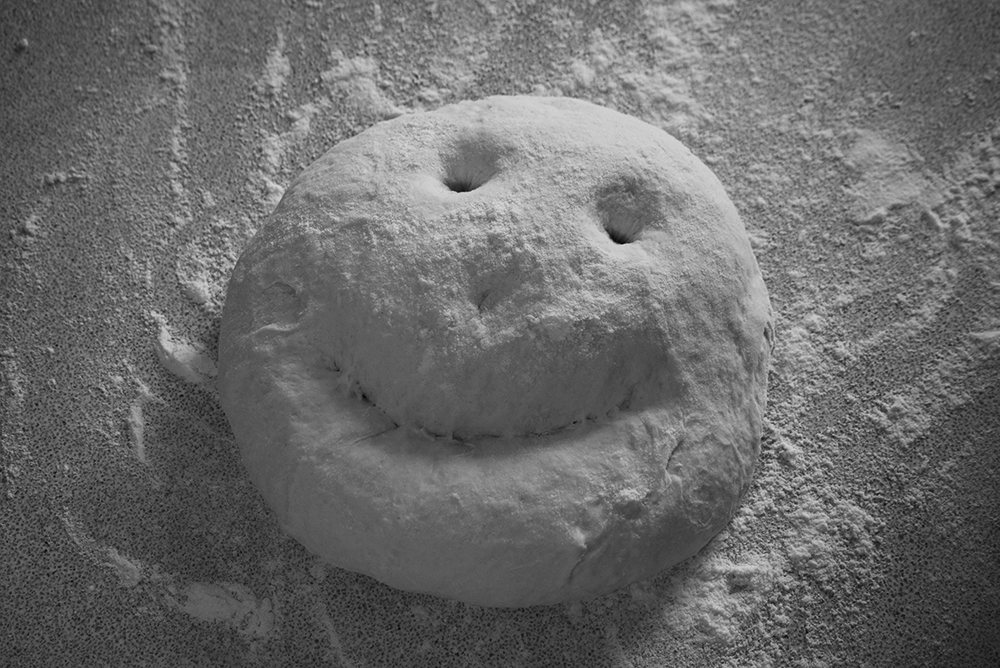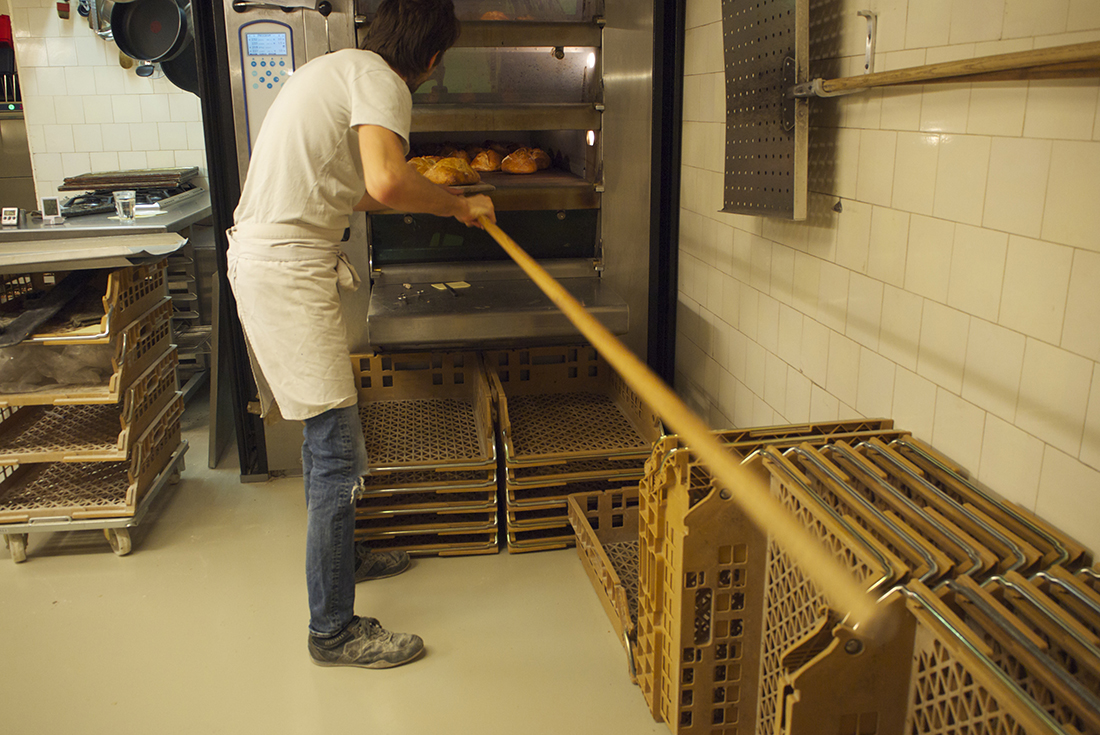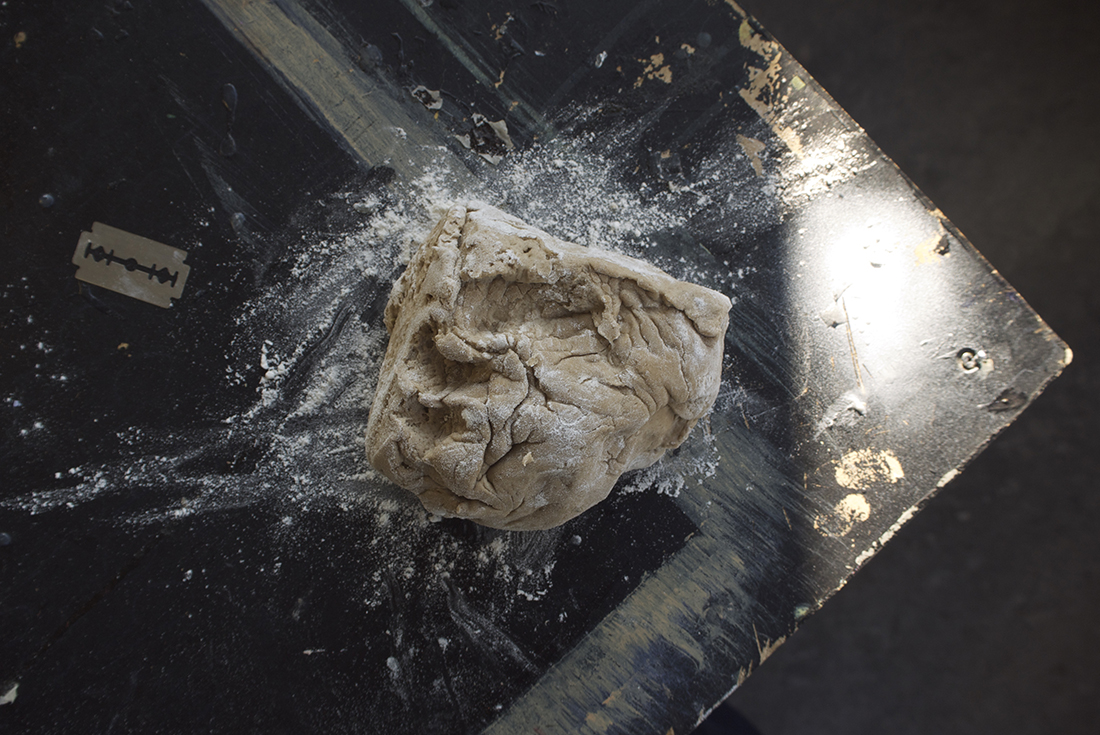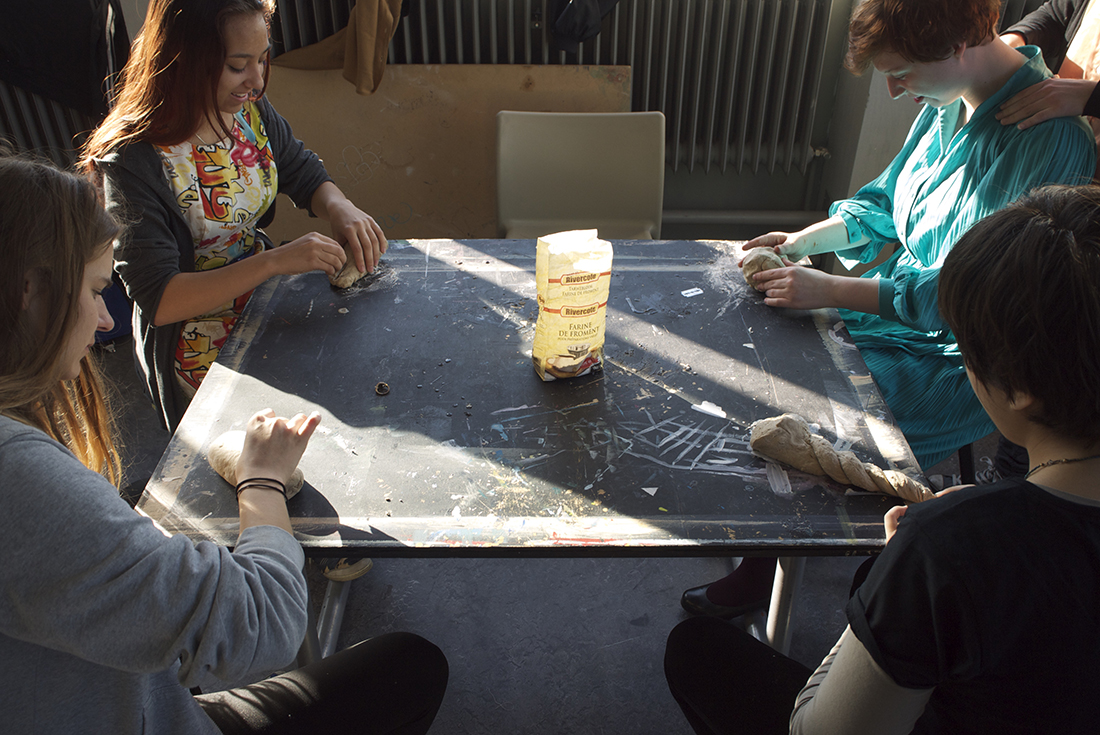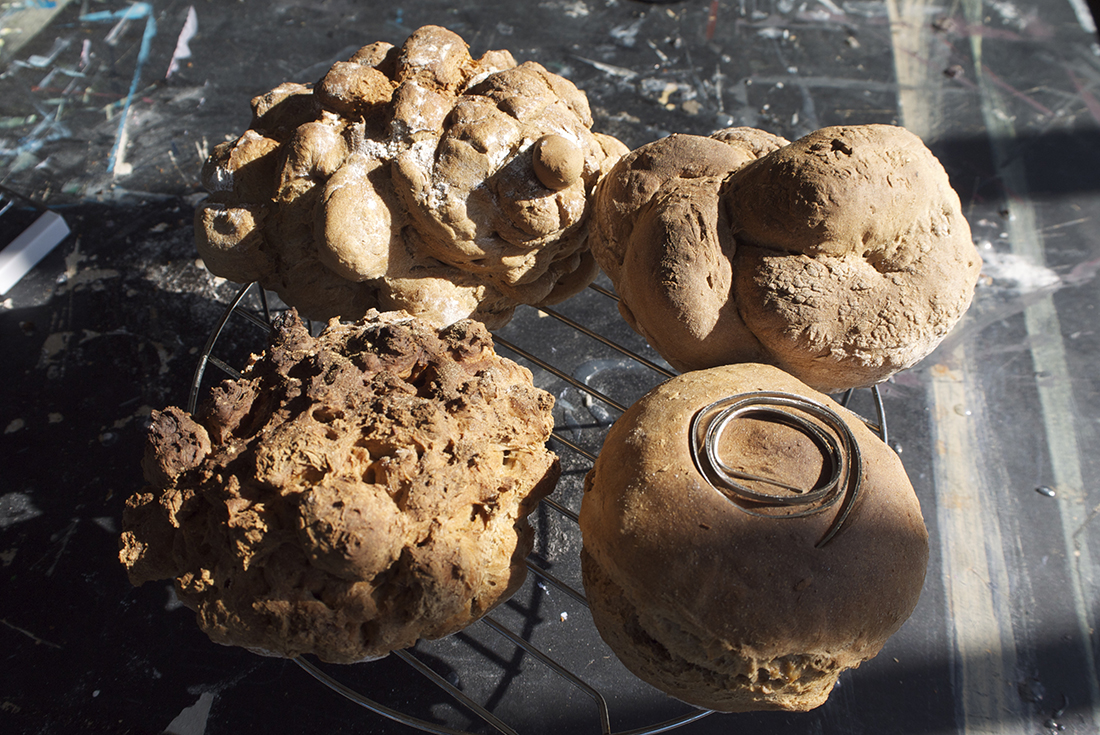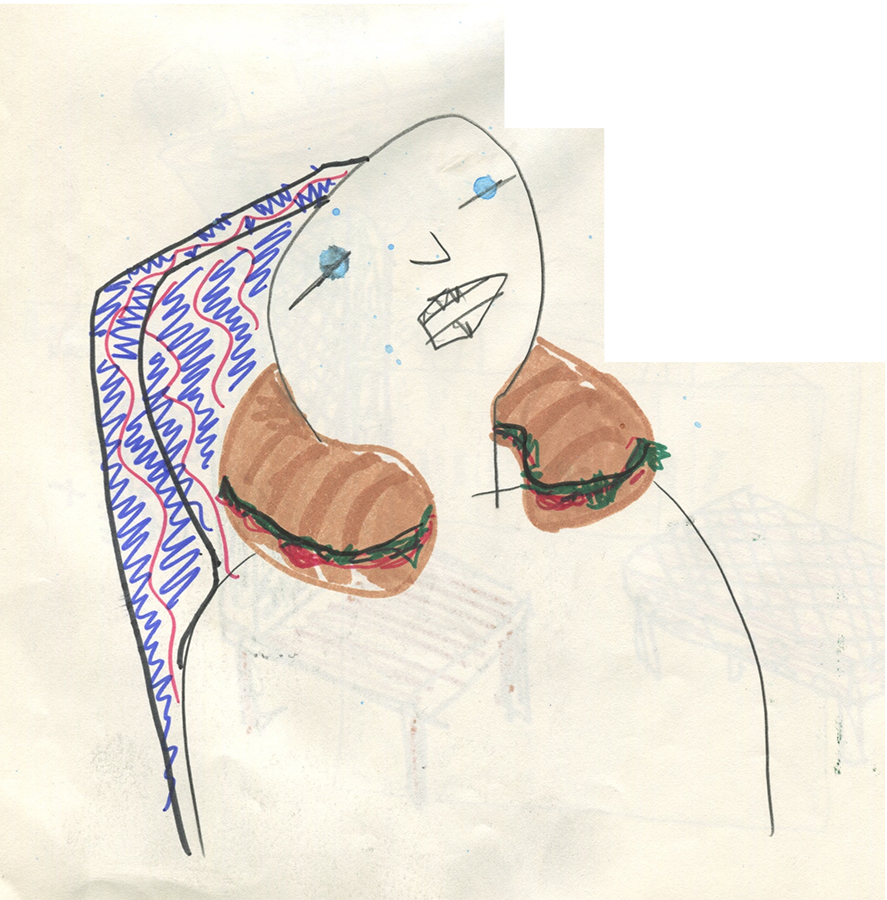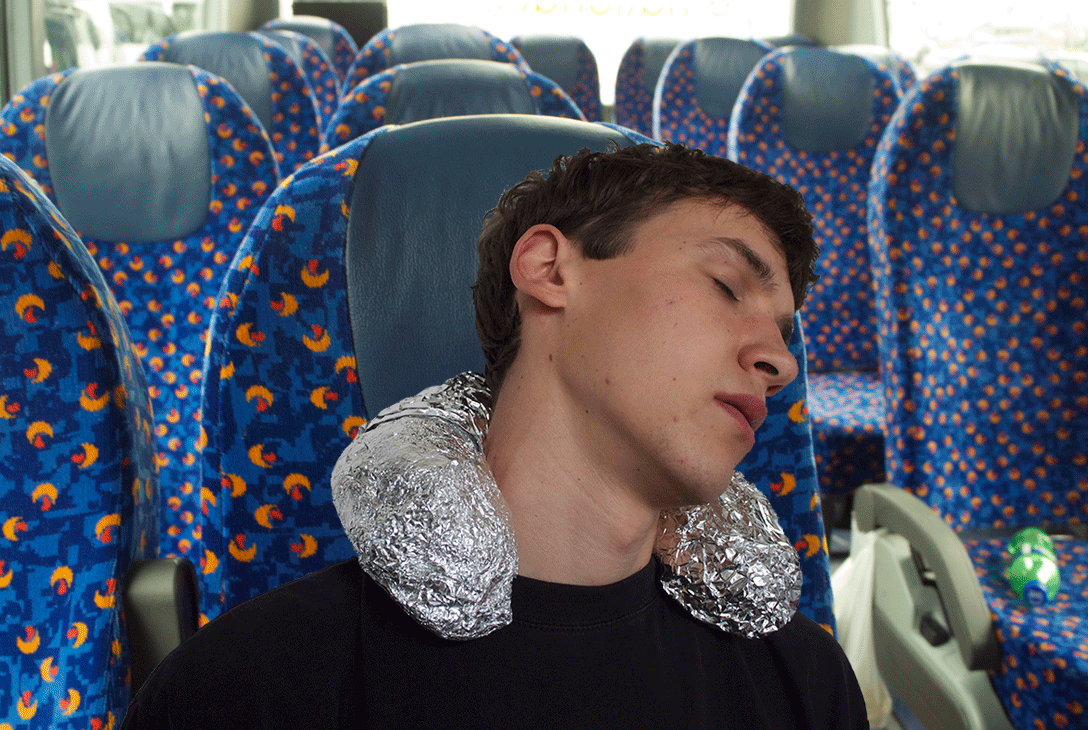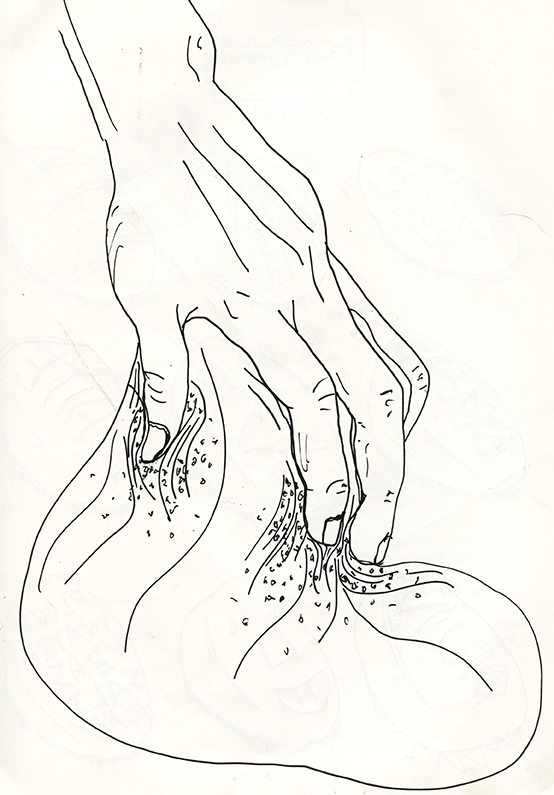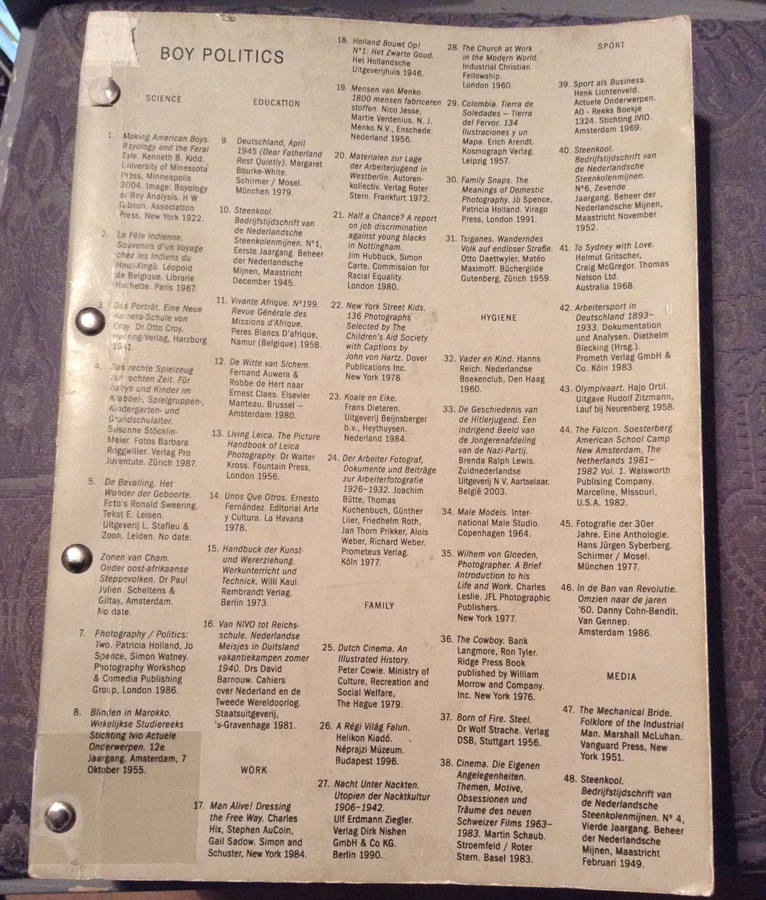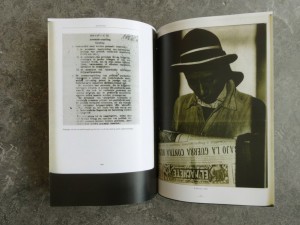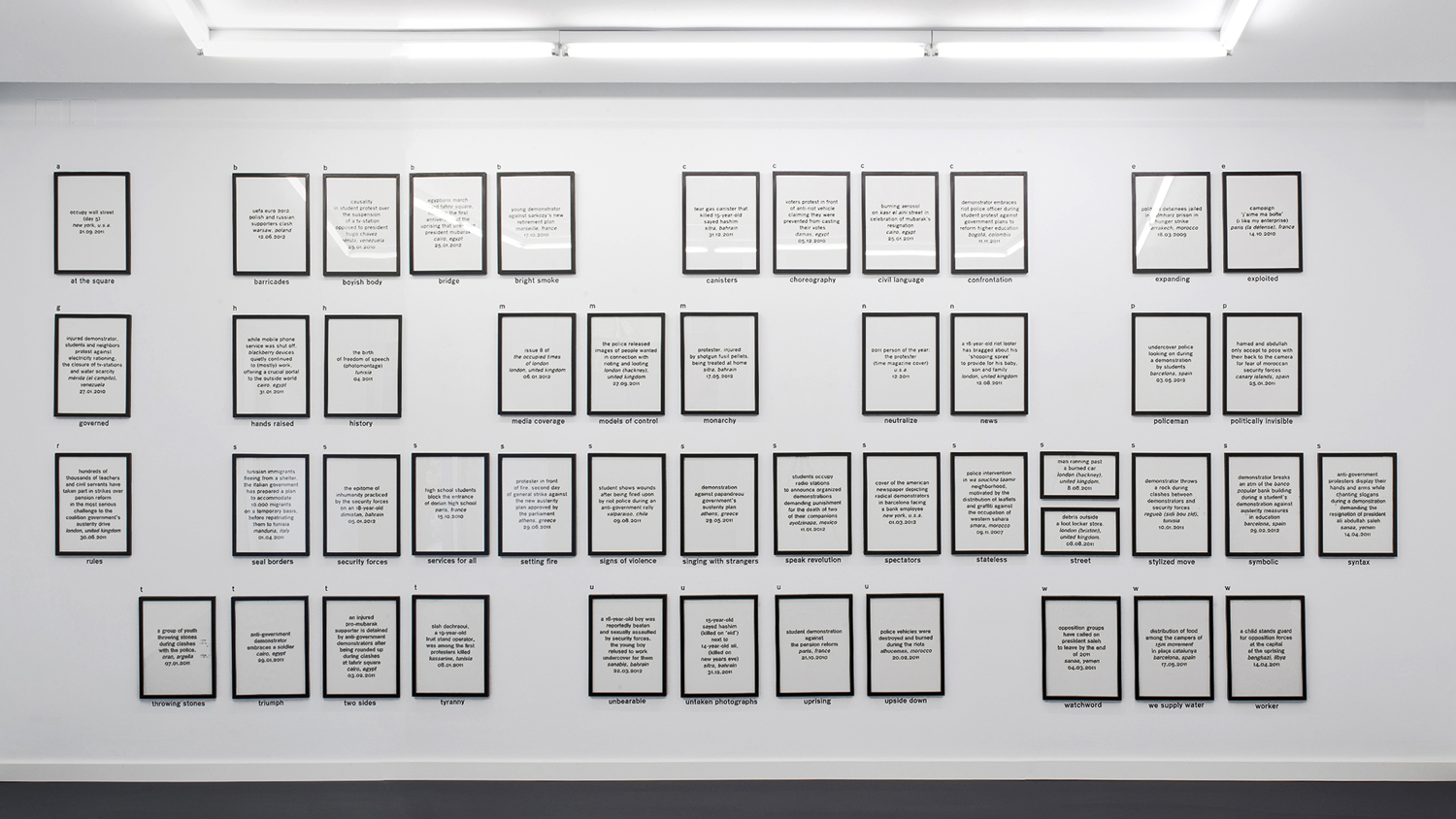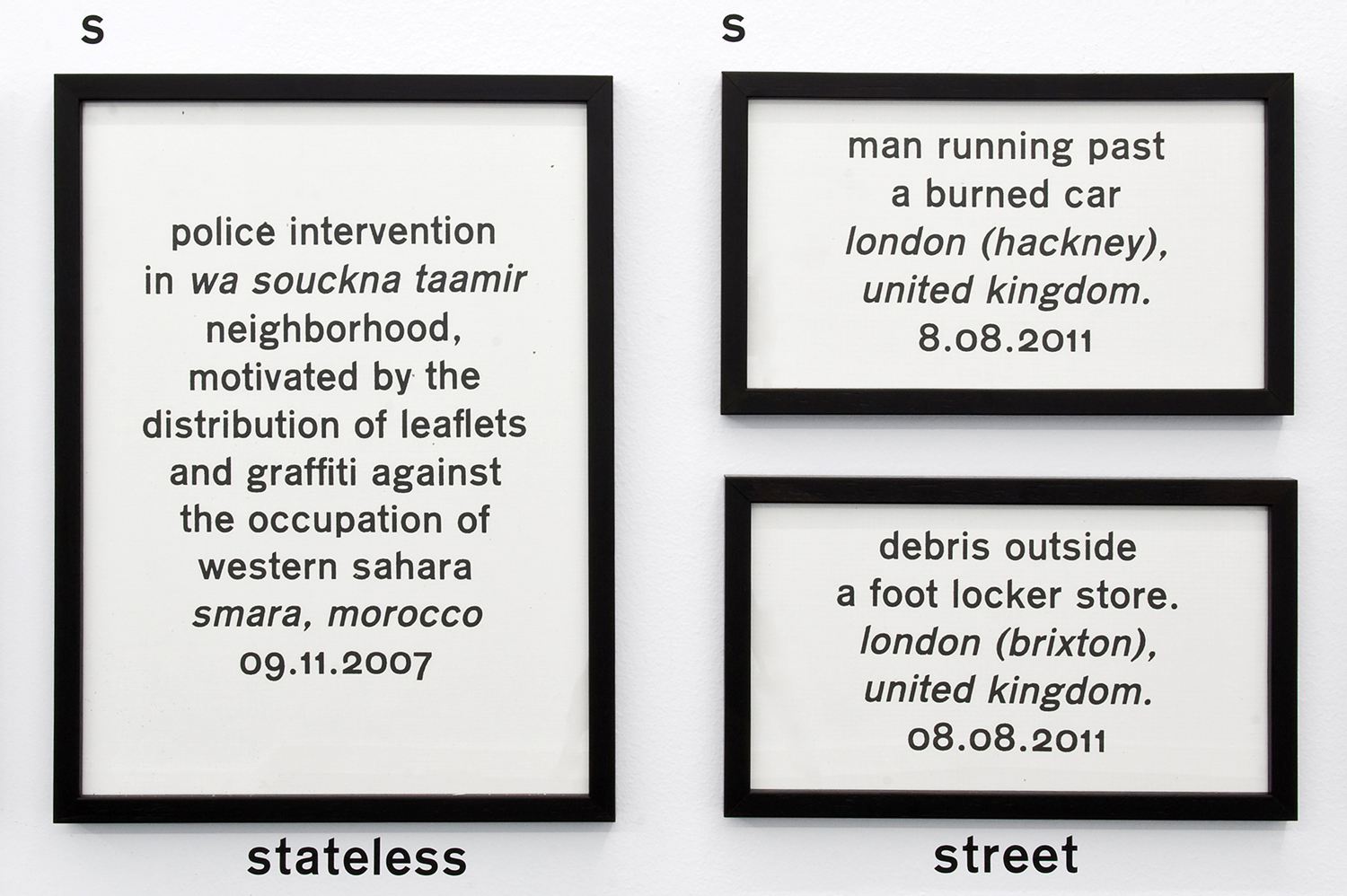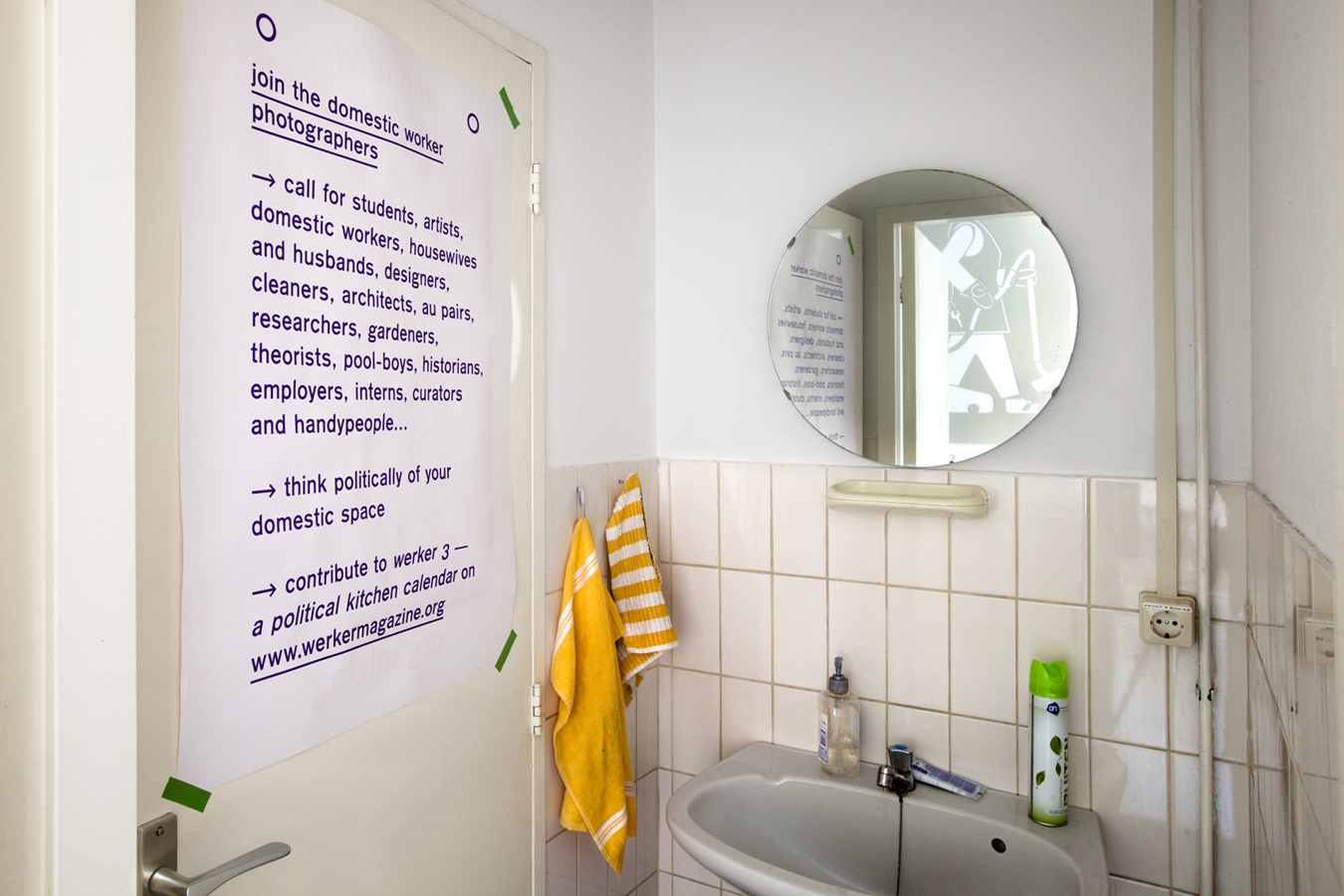I spent approximately 3 months doing intermittent research and experiments related to bread making. I looked a lot at the process of making bread, the associations and relationship that we have with bread and tried to think about bread making in a different way from what has become such a stable and set way of working with and interpreting bread. This all sounds a bit silly, and in a lot of ways it was – one of the conclusions I came to was that because bread has been such a common practice for such a long time that the way that it is done has been refined so much that it does not need a design student to come along and ‘re-invent’ it. When I came to this realization in many ways it opened me up to experiment more and in different ways without worrying about the experiments having any particular meaning or significance.
I started my project by getting up at 4 in the morning and spending a few hours watching a professional baker work and talking with him about bread and baking. I was amazed at how he seemed to always know exactly what needed doing next, he almost never paused to think about what the next thing to do was. A good moment was when I had just arrived, he was pouring out some walnuts from a large bag into a bowl and one dropped on the floor; thinking to be helpful I picked it up and after a pause of not knowing where to put it I set it down on the corner of the metal work surface. Issa instantly picked it up and put it in a small bowl lower down and gave me a bit of a smiley but ‘what an idiot’ look which was fair, I hadn’t considered the hygiene level in a professional food environment!
One thing that I particularly liked about watching the baker work was the scoring of the bread before it goes into the oven. I originally thought it was just an aesthetic thing but it is an important element as it allows the bread to rise properly and cook more evenly, by scoring in a controlled way it also means the bread does not just split in random places. As a result of these thoughts I decided to do a small workshop with 4 of my class mates where I provided them with a piece of dough each and a razor blade and encouraged them to form their dough in whatever way they wanted and to try avoid the conventional way that bread looks. It was a fun experiment and brought a diverse range of results which I think pose an interesting question to how we all have a very set way of what we expect bread to look like and how it can be altered.
As a continuation from that workshop I thought again about the lack of experience and in particular tactile experience that we have with bread even though most of us are so familiar with it as the finished product. For my next experiment I decided to teach a friend of mine who has very little interest in cooking/baking and virtually no experience in bread making but eats bread almost every day how to make bread.
Having watched a professional at work and been inspired to go and experiment with baking myself I wanted to pass on the experience that I had had onto someone who was unlikely to have experienced it before. I guided my friend through the simplest bread making and talked to him about his connection, or lack of it, with bread. As I am just learning myself it was enjoyable to guide him though it in an amateur way and work certain things out together at points and the discussion was entertaining. I was not looking to inspire him to become a regular baker but just to share the experience of making bread and hope that it would change his relationship with the thing he eats so often.
I also enjoyed the extreme amateur situation that we were doing it in, we did it in my tiny student accommodation kitchen and improvised a lot of parts where we didn’t have the space/equipment that a professional would use. This extension of the amateur level that we were baking at was something I enjoyed particularly because it shows just how simple bread making can be.
These are just a few examples of experiments that i tried out during my process, the project is ongoing and now I bake my own sourdough bread once a week and continue to experiment with the shape and ways that we look at and use bread.
